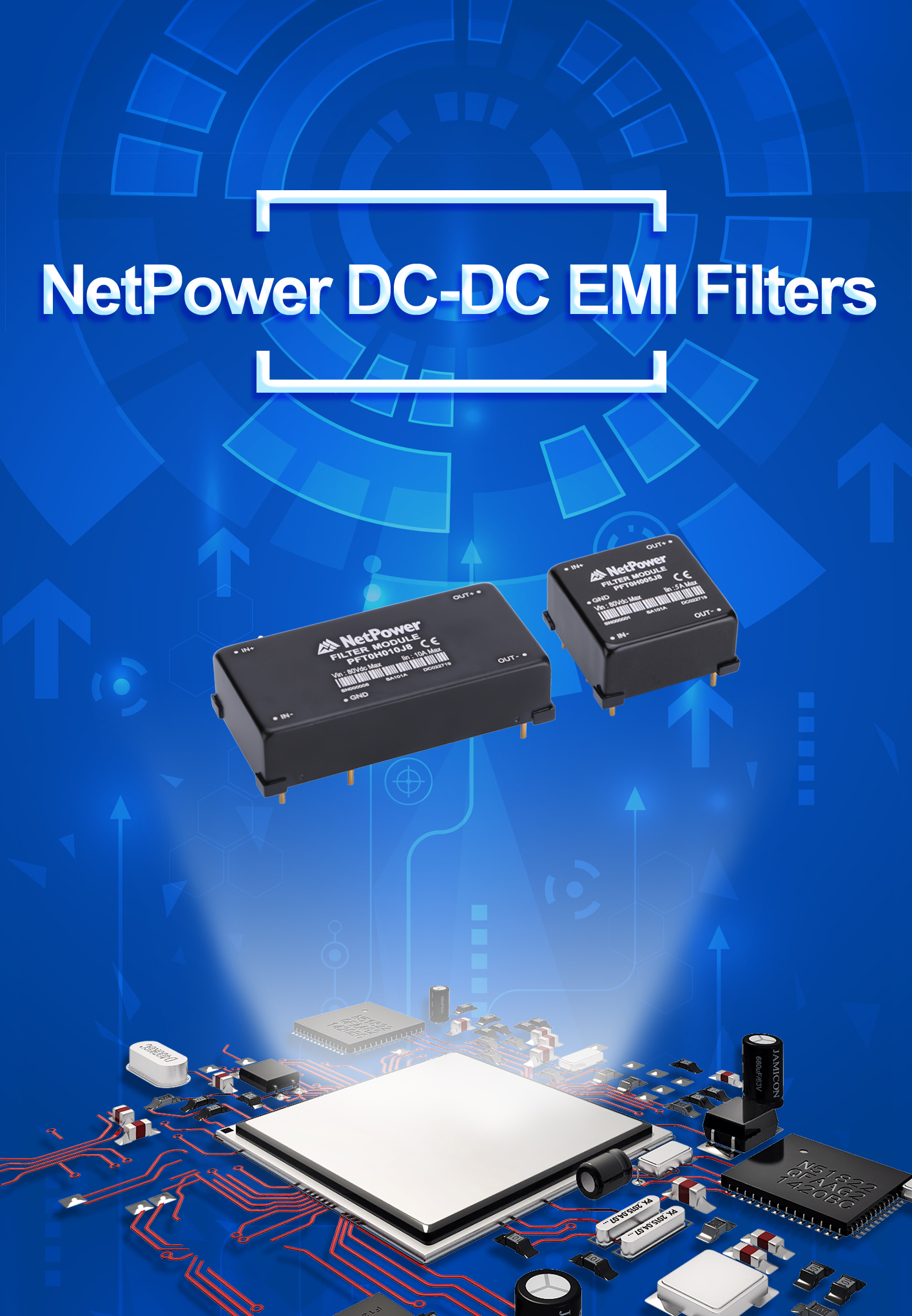-
Power Triangle and Power Factor
Date: 2019-05-04 05:48:29Posted by: mrpowerPower Triangle and Power Factor Electrical power consumed in an AC circuit can be represented by the three sides of a right angled triangle, known commonly as a power triangle. We saw in our tutorial about Electrical Pow...View More
-
Power in AC Circuits
Date: 2019-05-04 05:46:37Posted by: mrpowerPower in AC Circuits Electrical power consumed by a resistance in an AC circuit is different to the power consumed by a reactance as reactances do not dissipate energy. In a DC circuit, the power consumed is simply the product...View More
-
Passive Components in AC Circuits
Date: 2019-05-04 05:45:18Posted by: mrpowerPassive Components in AC Circuits Passive components are those circuit devices which can only reduce the electrical power applied to them and not increase it. Electrical and electronic circuits consist of connecting together m...View More
-
Harmonics
Date: 2019-05-04 05:43:58Posted by: mrpowerHarmonics Harmonics are unwanted higher frequencies which superimposed on the fundamental waveform creating a distorted wave pattern. In an AC circuit, a resistance behaves in exactly the same way as it does in a DC circuit. T...View More
-
Reactive Power
Date: 2019-05-04 05:42:31Posted by: mrpowerReactive Power Reactive Power can best be described as the quantity of “unused” power that is developed by reactive components in an AC circuit or system. In a DC circuit, the product of “volts x amps” gives the power c...View More
-
Average Voltage Tutorial
Date: 2019-05-04 05:41:02Posted by: mrpowerAverage Voltage Tutorial In this tutorial we will look at calculating the “average” or mean voltage value of a sinusoidal waveform using both the mid-ordinate rule and the analytical rule. The process used to find the Av...View More
-
RMS Voltage Tutorial
Date: 2019-05-04 05:39:47Posted by: mrpowerRMS Voltage Tutorial The RMS or effective value of a sinusoidal waveform gives the same heating effect of an equivalent DC supply. In our tutorial about the AC Waveform we looked briefly at the RMS Voltage &n...View More
-
Parallel Resonance Circuit
Date: 2019-05-04 05:38:22Posted by: mrpowerParallel Resonance Circuit Parallel resonance occurs when the supply frequency creates zero phase difference between the supply voltage and current producing a resistive circuit. In many ways a parallel resonance c...View More




